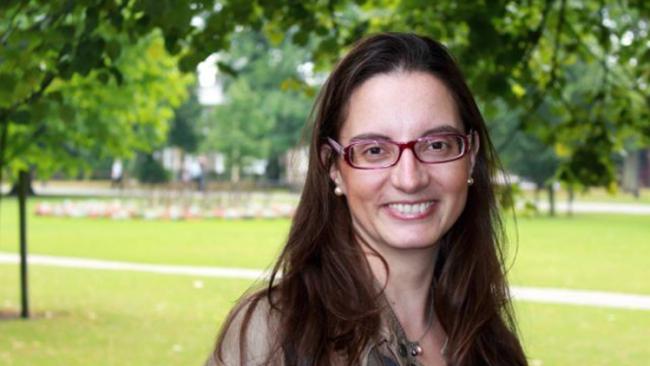
Fellow receives European Research Council funding to explore potential of research
Congratulations to Professor Cecilia Mascolo who has been awarded a Proof of Concept grant from the European Research Council (ERC), to consider the commercial or societal potential of her research.
The funding is part of the EU's research and innovation programme, Horizon Europe.
Professor Mascolo from the Department of Computer Science and Technology will use the funding to further her work on developing mobile devices – like commercially-available earbuds – that can accurately pick up wearers’ body sounds and monitor them for health purposes.
The ERC Proof of Concept grants – worth €150,000 – help researchers bridge the gap between the discoveries stemming from their frontier research and the practical application of the findings, including the early phases of their commercialisation.
Researchers use this type of funding to verify the practical viability of scientific concepts, explore business opportunities or prepare patent applications.
Mascolo’s existing ERC-funded Project EAR was the first to demonstrate that the existing microphones in earbuds can be used to pick up wearers’ levels of activity and heart rate and to trace it accurately even when the wearer is exercising vigorously.
She now wants to build on this work by enhancing the robustness of these in-ear microphones and further improve their performance in monitoring human activity and physiology in 'real life' conditions, including by developing new algorithms to help the devices analyse the data they are collecting.
“There are currently no solutions on the market that use audio devices to detect body function signals like this and they could play an extremely valuable role in health monitoring,” said Mascolo. “Because the devices’ hardware, computing needs and energy consumption are inexpensive, they could put body function monitoring into the hands of the world's population accurately and affordably.”
This is based on an article originally published by the University of Cambridge. It is reproduced under a Creative Commons Attribution 4.0 International License.





